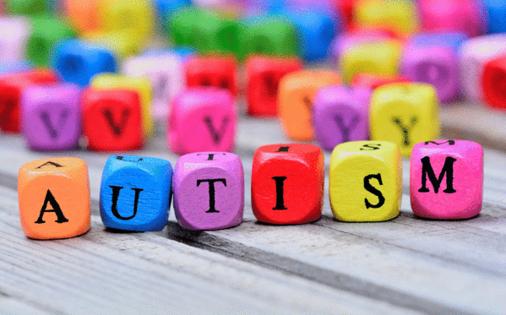Understanding autism: The path to diagnosis, awareness and support
Published in Health & Fitness
Diagnosing a person with autism spectrum disorder can be challenging. It's a medical condition that no blood test, brain scan or objective test can pinpoint. And because of each person's distinctive pattern of symptoms, it can be hard to determine its severity.
As people gain familiarity with autism, however, they are becoming more open to discussing the diagnosis and seeking treatment. Society is also becoming more motivated to learn about neurodivergent conditions, including autism.
What is autism spectrum disorder?
Autism spectrum disorder is a condition related to brain development that affects how a person perceives and socializes with others, causing problems in social interaction and communication. It includes conditions that previously were considered separate, including autism, Asperger's syndrome, childhood disintegrative disorder and an unspecified form of pervasive developmental disorder.
Autism affects children and adults in three areas: communication, social interaction and behaviors. Children with autism spectrum disorder may struggle with recognizing their emotions and may feel them more intensely. Regulating their anger and frustration can be difficult and lead to intense bursts of emotions. Children with autism also have higher rates of anxiety and depression.
Each child with autism spectrum disorder is likely to have a distinctive pattern of behavior and level of severity. A healthcare professional will generally describe the severity of the condition based on the person's level of impairments and how those affect their ability to function.
A child or adult with autism spectrum disorder may have problems with social interaction and communication skills, including any of these signs:
-- Can't start a conversation, keep one going or can only start one to make requests or label items.
-- Doesn't appear to understand simple questions or directions.
-- Doesn't express emotions or feelings and appears unaware of others' feelings.
...continued
©2024 Mayo Clinic News Network. Visit newsnetwork.mayoclinic.org. Distributed by Tribune Content Agency, LLC.







Comments